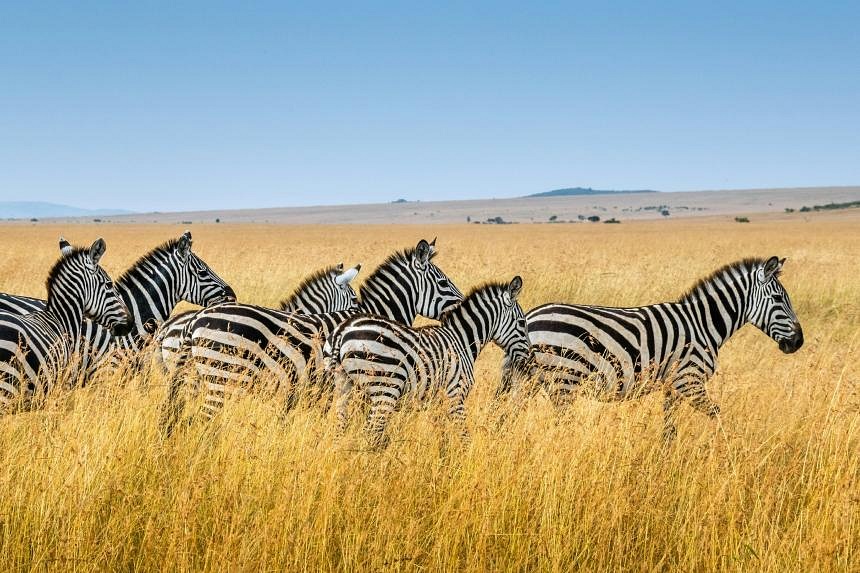Foraging in the wild, the animals have meat that is by definition free-range and lean. A 2023 study by researchers at Stellenbosch University found that zebra meat in particular is highly nutritious and very low in fat.
Eating more of it could also help conservation efforts, the government said.
South Africa has long adopted a market-oriented approach to conservation, based on the belief that farmers have a better incentive to look after wildlife if they can profit from it.
Critics said the model exploits and commoditises animals. But it has proved largely successful.
The country’s wildlife population has grown from about 500,000 in the 1960s to more than 20 million today. About 80 per cent are in private game reserves that attract tourists and hunters.
Some meat could come from the hundreds of herbivores that are culled every year to keep numbers within sustainable levels, the government said.
And it wants to convert one million hectares of communal land to game meat production, which could boost black ownership in a sector where, 30 years after the end of apartheid, more than 94 per cent of operators are white males, said Mr Matibe.
Requiring little equipment, game has “really low” input costs – an advantage for newcomers, said Mr Darren Horner, owner of producer Aloes Meat.
Yet, in a country mad for barbecue, locally known as braai, little currently ends up on the grill.
This is partially due to a belief that game meat is less tender than beef and tastes unusual, according to the strategy, which envisages marketing campaigns to boost consumption.
“Our grandmothers used to stuff it with bacon and leave it in red wine for three days to get rid of that wild taste. To me, it only needs a bit of olive oil and salt,” said Mr Charl de Villiers, head of Game SA, an industry group.
There are other hurdles. The authorities plan to draw up quality standards so that all meat can be traced to the source and trusted by supermarkets and restaurants. But these cannot be too stringent, or it risks scaring away informal producers, said Mr Horner.
Meanwhile, exports of cloven-hoofed animals to Europe have been banned for years as South Africa struggles to contain outbreaks of the foot and mouth disease that farmers blame on inadequate border controls.
State laboratories to test meat are small and outdated, which further limits export potential, producers said.
Mr De Villiers currently has to ship his ostrich meat to Britain for testing, which ups costs.
Mr Stephen Nel, owner of the Camo Meat abattoir in Bela Bela, said he applied for an export licence in 2017 but has since given up on it. “It was a very big disappointment for me. The government failed us.”
About 4,000 animals a year are skinned, weighed, deboned, processed and packaged in his facility. Almost all are brought in by hunters keen on eating some of their prey.
Expanding production to supply supermarkets would require investments, but these are hard to come by, amid scepticism around the sector’s potential, he said. The government has been talking about growth for over a decade but “nothing gets laid down”, added Mr Nel.
Yet, Mr Matibe is confident the strategy will soon start to bring results and will remain on track even after elections in May that forced the ruling African National Congress to form a coalition government.
“In the next three years, we should be able to see a ramp-up of this product coming to the market,” he said. AFP

